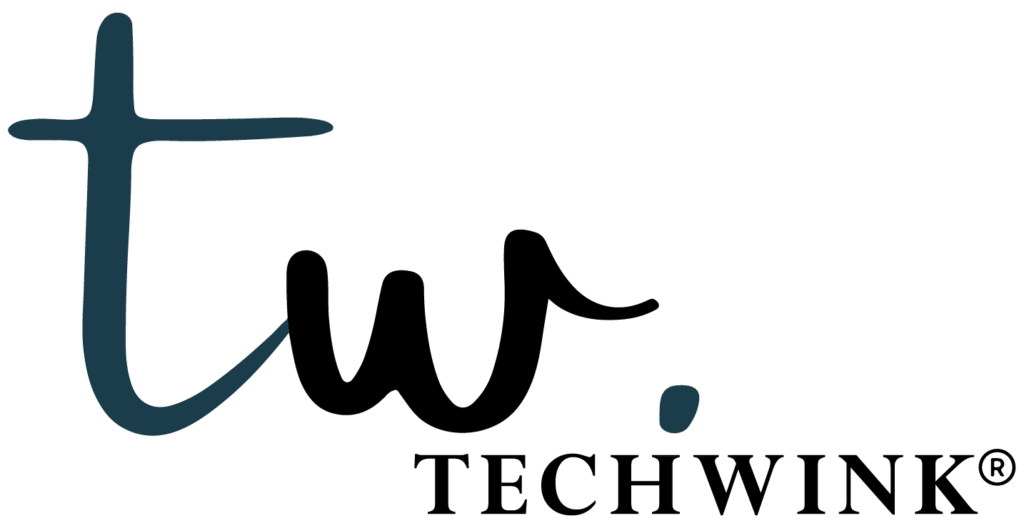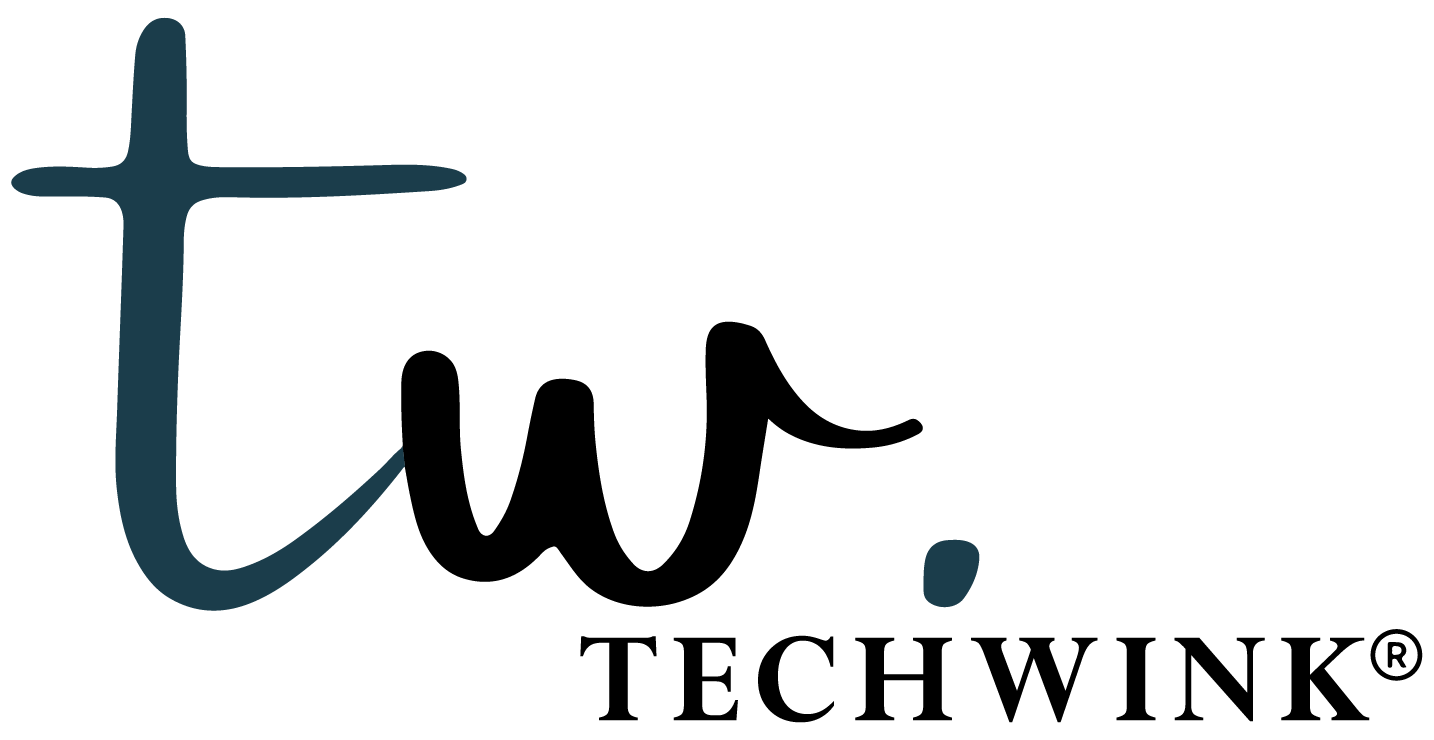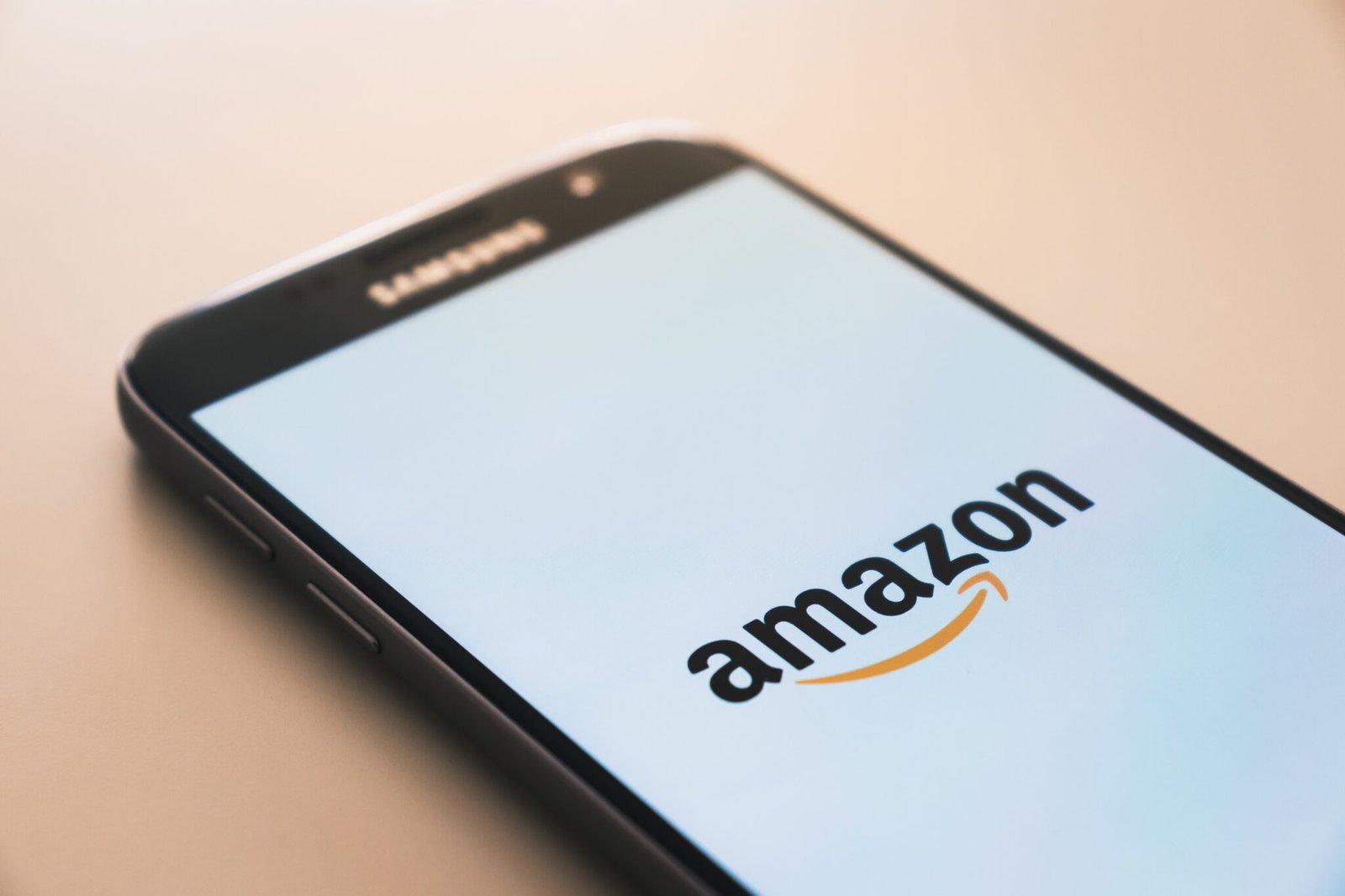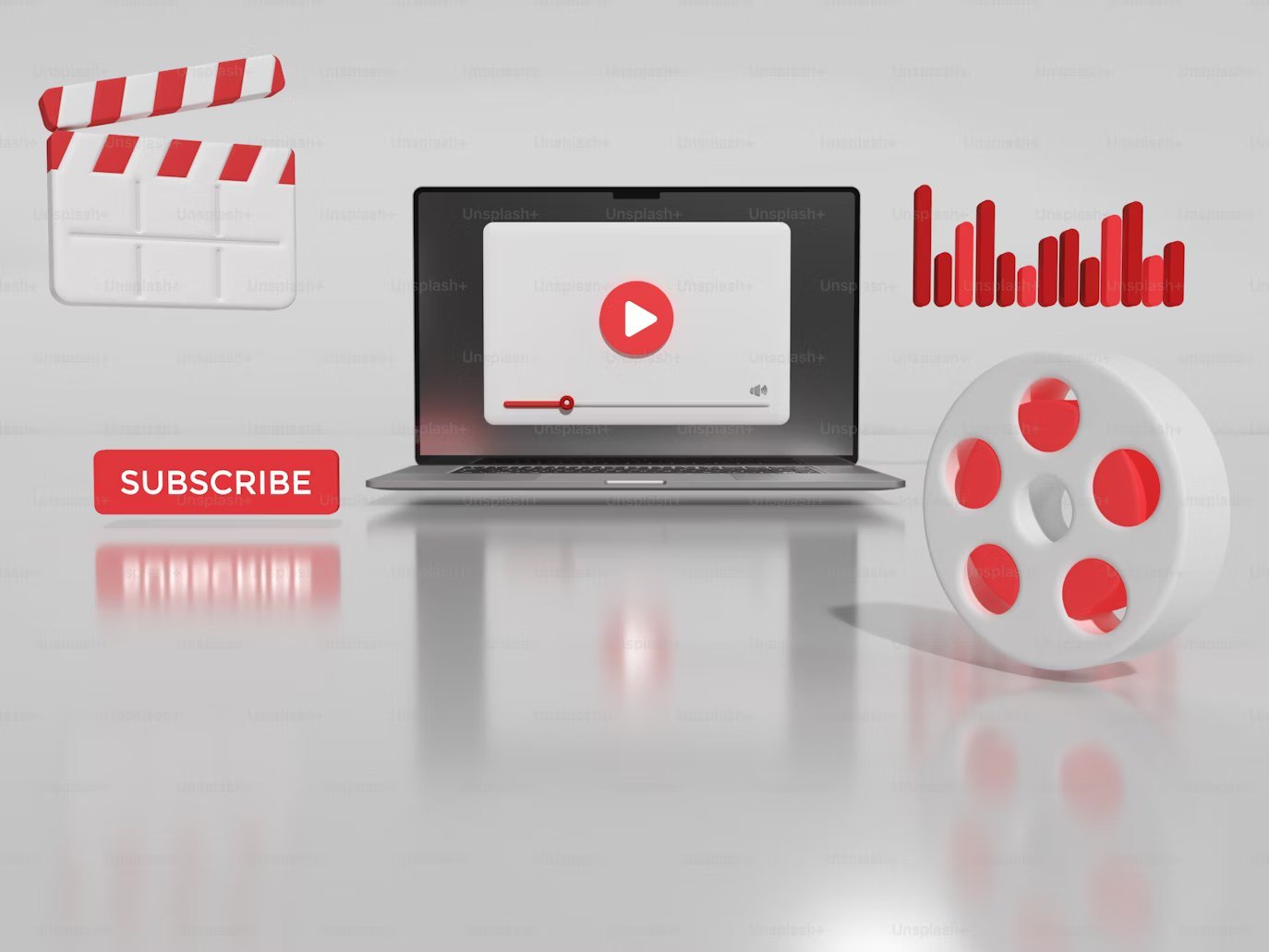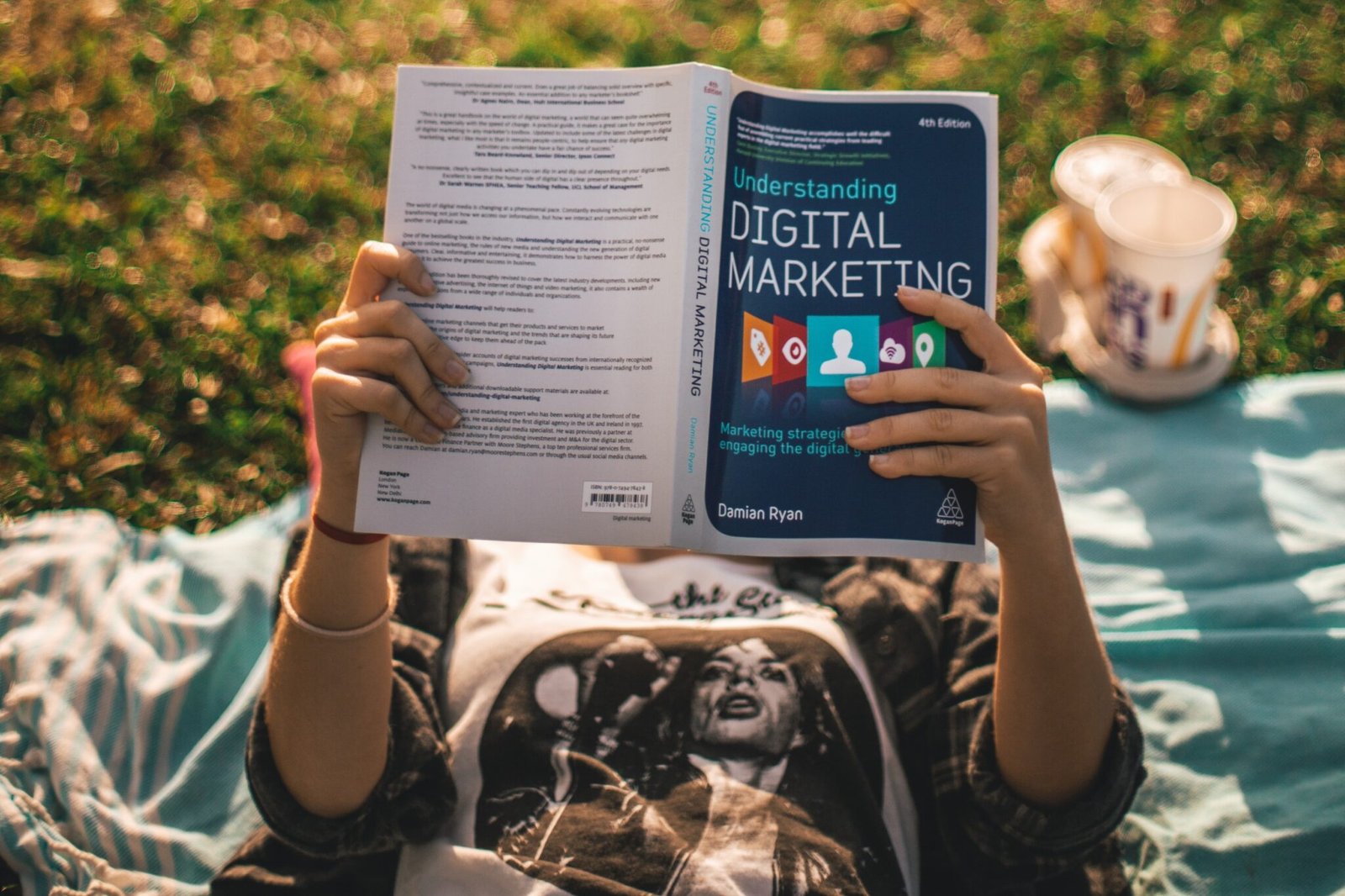
Understanding Inbound VS Outbound Marketing
Introduction
Marketing is the engine that drives every successful business.
But in today’s digital landscape, how you connect with your audience matters more than ever.
Two key marketing approaches — inbound marketing and outbound marketing — shape the way brands attract and communicate with potential customers.
While both aim to promote growth, they operate very differently.
Understanding inbound vs outbound marketing will help you decide which approach fits your business goals best — or how to use both together effectively.
1. What is Inbound Marketing?
Inbound marketing is a modern, customer-focused approach that attracts people to your brand through valuable and relevant content.
Instead of interrupting potential customers with ads, inbound marketing draws them in naturally by offering helpful information that solves their problems or answers their questions.
This strategy focuses on earning the audience’s trust and building long-term relationships.
Common Inbound Marketing Methods
-
Content Marketing: Blogs, videos, and infographics that educate and inform.
-
Search Engine Optimization (SEO): Helping users find your content on Google.
-
Social Media Marketing: Building and engaging a community around your brand.
-
Email Marketing: Nurturing leads and maintaining long-term customer relationships.
Inbound marketing works by letting customers come to you when they are ready, instead of chasing them with constant advertisements.
2. What is Outbound Marketing?
Outbound marketing is the traditional, proactive way of promoting products or services by pushing messages directly to a broad audience.
It’s often referred to as “interruptive marketing” because it captures attention whether or not the person was actively looking for your brand.
Examples of Outbound Marketing Tactics
-
Television and radio ads
-
Cold calls and direct mail
-
Billboards and trade shows
-
Paid online ads (e.g., YouTube, Google Display, Facebook Ads)
The goal of outbound marketing is to reach as many people as possible and quickly create brand awareness.
It’s ideal for product launches, promotions, or when you want to make a strong impression on a large audience in a short time.
3. Key Differences Between Inbound and Outbound Marketing
The biggest difference between inbound and outbound marketing lies in how they attract and engage audiences.
| Feature | Inbound Marketing | Outbound Marketing |
|---|---|---|
| Approach | Pulls customers in | Pushes message out |
| Focus | Building trust & long-term relationships | Quick visibility & impact |
| Medium | Digital, organic (SEO, content, social) | Paid or traditional media |
| Customer Interaction | Based on engagement & value | Based on exposure & reach |
| Goal | Earn attention | Buy attention |
In simple terms:
Inbound marketing earns attention; outbound marketing buys attention.
4. Benefits of Inbound Marketing
Inbound marketing has become increasingly popular because it builds meaningful, lasting relationships with customers.
Key Advantages
-
Cost Efficiency: Once you create content, it continues to generate leads for months or years.
-
Better Quality Leads: Attracts people genuinely interested in your brand or service.
-
Trust and Authority: Valuable information positions your business as an industry expert.
-
Sustainable Growth: Builds brand loyalty, consistent traffic, and organic growth over time.
Inbound marketing is the foundation of long-term digital success.
5. Benefits of Outbound Marketing
Although more traditional, outbound marketing still plays a vital role in many campaigns.
Key Advantages
-
Immediate Exposure: Your message reaches a large audience quickly.
-
Full Control: You decide when, where, and how your ad appears.
-
Strong Brand Awareness: Perfect for introducing new products or rebranding.
-
Tangible Impact: Excellent for events, promotions, and product launches.
Outbound marketing is powerful for creating instant visibility, while inbound marketing focuses on building ongoing engagement.
6. Which Strategy is Better for Your Business?
There’s no absolute winner between inbound and outbound marketing — both have unique strengths.
The right choice depends on your business goals, budget, and target audience.
-
If you want to build a strong digital presence, attract long-term leads, and grow organically — Inbound Marketing is ideal.
-
If you need fast results, increased visibility, or are launching a new product — Outbound Marketing is the way to go.
However, the most effective strategy is often a combination of both:
Use outbound marketing to create awareness, then apply inbound marketing to nurture and convert those leads into loyal customers.
Conclusion
Inbound and outbound marketing may differ in execution, but they share the same ultimate goal — connecting with customers and driving business growth.
-
Inbound marketing attracts through valuable content and meaningful engagement.
-
Outbound marketing pushes your message to a wider audience for immediate impact.
By understanding both approaches — and balancing them strategically — you can create a marketing plan that delivers both short-term visibility and long-term success.
